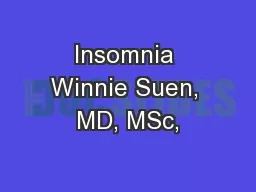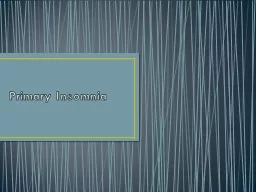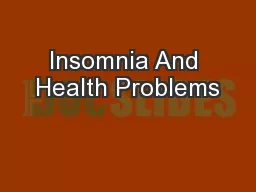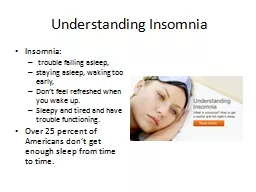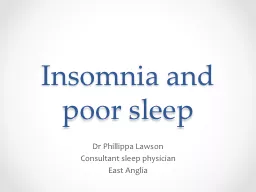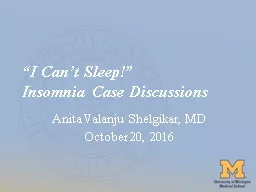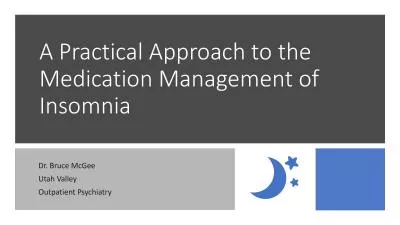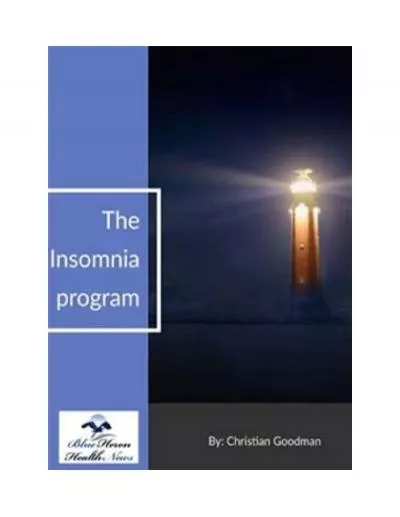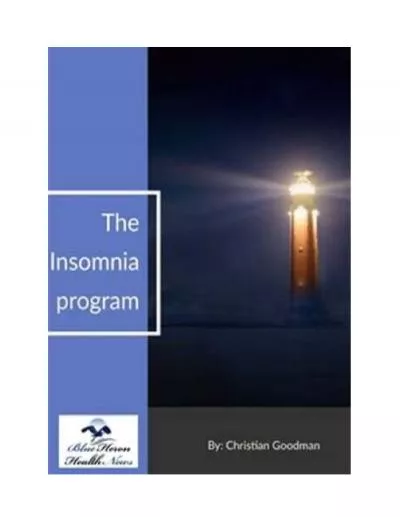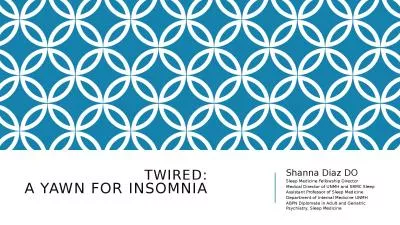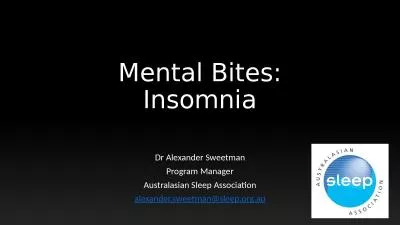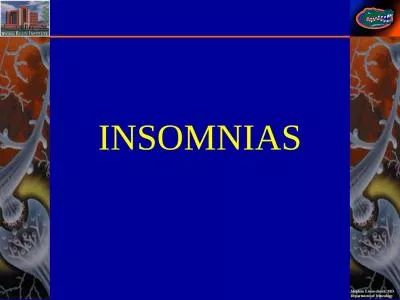PPT-Insomnia Winnie Suen, MD, MSc,
Author : min-jolicoeur | Published Date : 2018-02-04
AGSF Cindy Khamphaphanh PharmD Candidate Chad Kawakami PharmD BCPS CDE August 9 2017 OBJECTIVES To understand Agerelated changes in sleep Causes of sleep problems
Presentation Embed Code
Download Presentation
Download Presentation The PPT/PDF document "Insomnia Winnie Suen, MD, MSc," is the property of its rightful owner. Permission is granted to download and print the materials on this website for personal, non-commercial use only, and to display it on your personal computer provided you do not modify the materials and that you retain all copyright notices contained in the materials. By downloading content from our website, you accept the terms of this agreement.
Insomnia Winnie Suen, MD, MSc,: Transcript
Download Rules Of Document
"Insomnia Winnie Suen, MD, MSc,"The content belongs to its owner. You may download and print it for personal use, without modification, and keep all copyright notices. By downloading, you agree to these terms.
Related Documents

